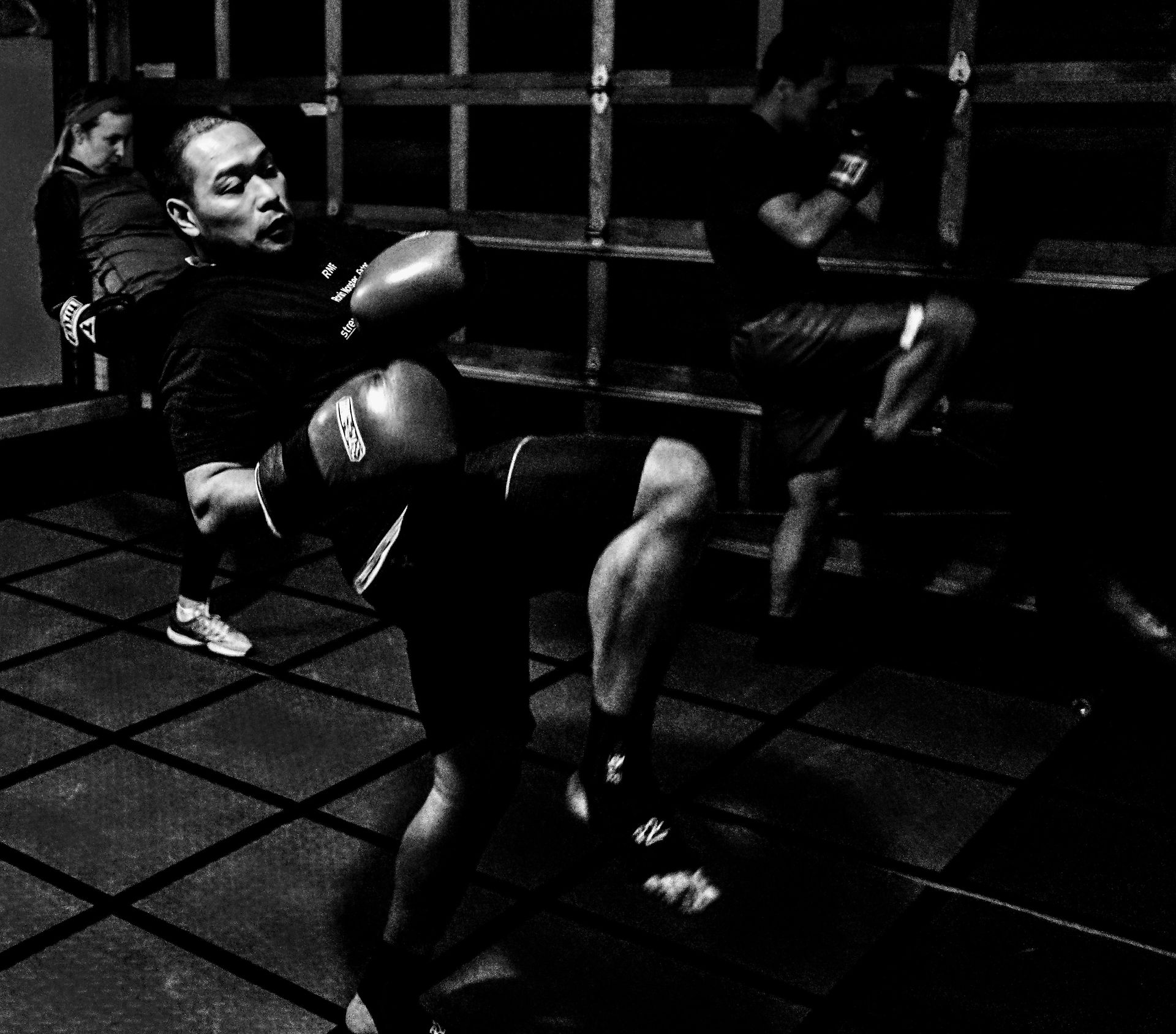
I probably annoyed the hell out of the presenters at the February, 2022 IDEAFit Personal Trainer Conference.
One in particular was my favorite. Dr Zach Mang’s (Los Alamos National Laboratories) session about the latest research findings on exercise methodology revolved around the effects of time-under-tension and how it affects adaptations in strength, endurance and growth. Great stuff to nerd out on!
I love how we were both working out in a garage gym for the past 2 years. It was equally reassuring to hear that his research paralleled the high intensity training I’ve been doing with my own clients.
Consistently, I have found in the literature and through experience, that high intensity training is supported by sound science.
But what if you had to survive another 2 years with "bare minimum" exercise?
High intensity would get you through it, with lots of benefits. However, it would be BORING!
Is High Intensity for Everyone?
But the truth is, "bare minimum” isn’t for everyone. With the world opening back up (THANK GOODNESS!), we’ve gained back the opportunity to live a fulfilling active lifestyle:
Spending more time outside with friends,
Going back to gyms and playing team sports
Getting back to group classes and workouts, etc.
Whatever your health goal, it’s essential to include movement throughout your day, everyday.
It goes beyond just getting stronger. It’s also about using movement as medicine for our
mental and physical health (feeling good),
cognitive ability (feeling sharp),
interpersonal relationships (being a good person) and
professional well-being (daily success at work).
The NEAT Part
Research on metabolism performed in the past 2 years has shown that exercise only really accounts for 5% of your daily energy expenditure.
Your metabolism, Total Daily Energy Expenditure (TDEE) to be more specific, is the sum of:
Resting Metabolic Rate or Base Metabolic Rate (RMR or BMR)
70% of TDEE
Based on lean muscle mass
Relatively static between age 20 and 60
Non Resting Energy Expenditure (30% of TDEE)
Thermal Effect of Food (TEF)
Heat produced when you digest food
~10% of TDEE
+
Non Exercise Activity Thermogenesis (NEAT)
Energy burned while doing non-exercise activities
~15% of TDEE
+
Exercise Activity Thermogenesis (EAT)
Energy burned while doing exercise
~5% of TDEE
You burn more calories being active OUTSIDE of training sessions than during.
Also, if you're exercising to lose weight, it's NOT GOING TO WORK!
What Does This Mean for YOU?
Imagine the most common diseases in our society. The top 5 you can name are caused by metabolic dysfunction. Even without weight loss, the science shows that burning a lot of calories is a critical part of lasting health.
Anything you can do to increase your ability to burn calories helps. Some examples of Non-Exercise Activities include:
Playing with the kid(s),
Cleaning the house,
Doing laundry,
Carrying groceries.
Even if your goal isn't building muscle, you'll still be strengthening neurological connections and building balance and flexibility. Your brain, hormones and gut health will still see benefits.
Is High Intensity Right for Me?
The beauty of high intensity is that it’s relative to everyone. You don’t have to lift heavy, sprint, or throw heavy things in order to get the benefits of high intensity training.
Not all RMF clients do high intensity. It would be foolish to assume that high intensity is the pathway for everyone. However, you DO have to challenge yourself in order to perform at your best every day.
The Choice is Yours!
Here are some things you can do right now:
Sit less, stand up or walk around for 3 minutes out of every hour;
Check out https://www.roninmonsterfactory.com/workout-videos and pick a 12-minute workout; or
Reserve a spot at the next RMF Sunday workout.


Comments